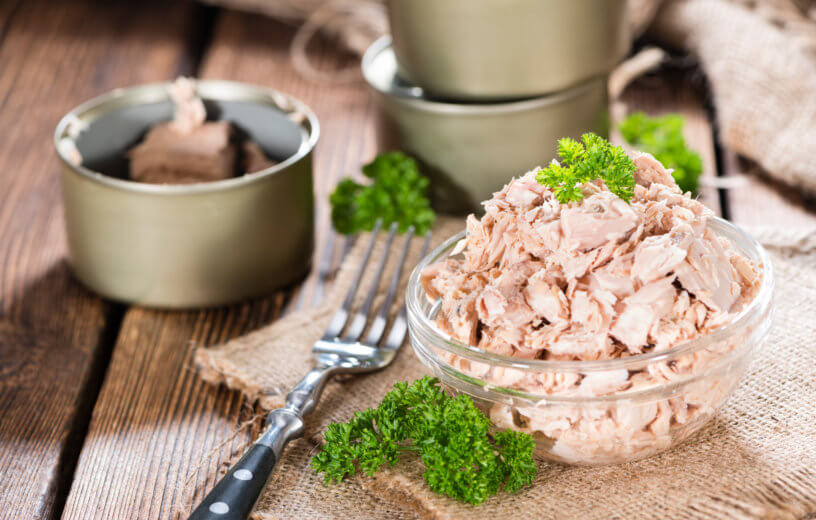
SANTA CRUZ, Calif. — The elevated levels of mercury found in tuna have been well documented for years, but a surprising survey conducted at the University of Santa Cruz finds that many college students eating in university dining halls are unaware of mercury exposure risks and consuming far more tuna than the recommended amount.
Researchers surveyed students outside of UC Santa Cruz dining halls on their tuna eating habits and general knowledge on the risks of mercury exposure, and also measured mercury levels in students’ hair samples. Mercury levels found in the hair samples were closely correlated to the amount of tuna each student reported eating, and some students’ hair mercury levels were well beyond what is considered a “level of concern.”
“It doesn’t necessarily mean that they would be experiencing toxic effects, but it’s a level at which it’s recommended to try to lower your mercury exposure,” explains Myra Finkelstein, an associate adjunct professor of environmental toxicology at UC Santa Cruz, in a release. “Our results were consistent with other studies of mercury levels in hair from people who eat a lot of fish.”
Mercury in its most toxic form, methylmercury, is found in tuna and other large fish, and exposure to high levels can cause serious neurological and reproductive problems. Researchers explain that college students need to be aware of these risks because their nervous systems are still developing.
Finkelstein was motivated to conduct the survey after being surprised by how much tuna her students were eating. “I’ve been dumbfounded when students have told me they eat tuna every day,” she admits. “Their lack of knowledge about the risk of exposure to mercury is surprising.”
Roughly a third of students surveyed reported eating tuna on a weekly basis, with 80% of those tuna meals coming from the university dining halls. Half of the surveyed tuna eaters said they eat three or more tuna meals each week, which would almost certainly exceed the “reference dose” recommended by the EPA. Some students even reported consuming more than 20 servings of tuna per week.
After their initial survey, researchers followed up with an additional survey focusing on students’ knowledge on tuna, mercury, and recommended consumption rates. Most students surveyed had very little knowledge on the topic, and a majority answered that it is safe to eat two to three times more tuna per week than is recommended.
The researchers findings were disconcerting to say the least, and Finkelstein brought her concerns to UCSC administrators overseeing student dining halls. Now, the university is installing signs in all dining halls that will educate students on the dangers of too much mercury consumption and provide guidelines for eating fish. School officials say they may make even more adjustments following a more in-depth investigation into the problem.
While the study’s authors are happy about inciting change at their own school, they suspect this may be a much more widespread problem than just one university. “Any time you have a dining hall situation where people are helping themselves, some residents may be eating way too much tuna,” Finkelstein comments.
The study is published in the scientific journal Environmental Toxicology and Chemistry.
